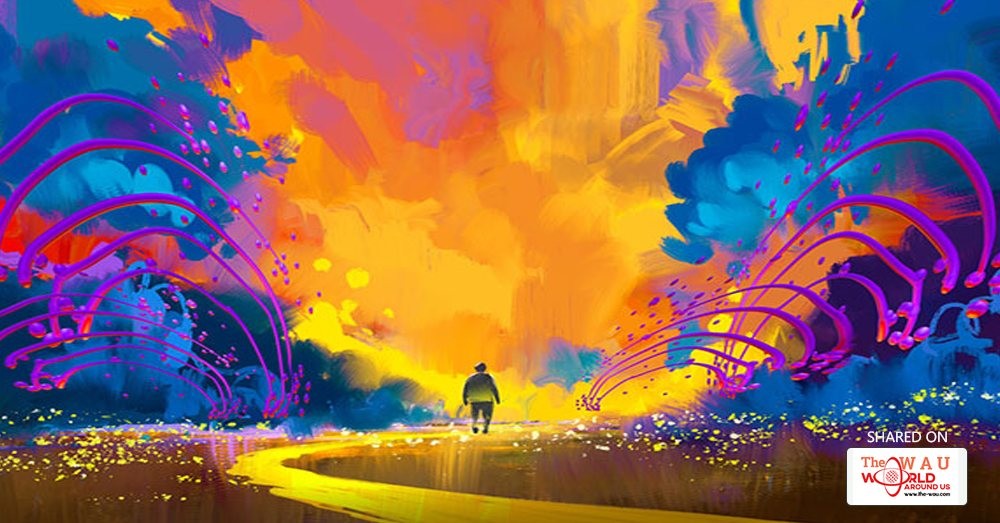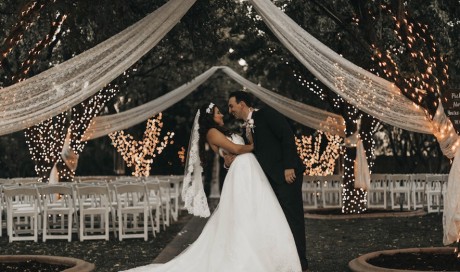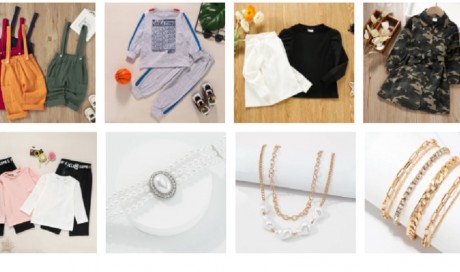In his book The Art of Learning, author and the subject of Searching for Bobby Fischer Josh Waitzkin describes the secret to becoming one of the greatest chess players in history.
“My growth became defined by barrierlessness,” he writes. “Pure concentration didn’t allow thoughts or false constructions to impede my awareness, and I observed clear connections between different life experiences through the common mode of consciousness by which they were perceived. As I cultivated openness to these connections, my life became flooded with intense learning experiences.”
Waitzkin goes on to describe numerous instances through which his openness to learning reaped unexpected sparks. In one instance, he was sitting on a coastal cliff in Bermuda, watching the waves crash down, and suddenly the solution to a weeks-long chess conundrum came to him. He sparked a breakthrough in his Tai Chi mastery after studying a single chess position for eight hours. Shooting hoops in Manhattan helped him finally comprehend the Buddhist concept of fluidity.
“The world of actors and musicians is brimming with huge expectations, wild competitiveness and a tiny window of realistic possibility,” Waitzkin explains. “Two questions arise. First, what is the difference that allows some to fit into that narrow window to the top? And second, what is the point? ... In my opinion, the answer to both questions lies in a well-thought-out approach that inspires resilience, the ability to make connections between diverse pursuits and day-to-day enjoyment of the process.”
Waitzkin sums up this approach by pointing to the Zen Buddhist concept called shoshin, which renowned Zen teacher Shunryu Suzuki first called “the beginner’s mind.”
The beginner’s mind isn’t difficult to understand. We’ve all been beginners at something, multiple times. But there’s a big difference between a beginner who actively learns versus one who accepts lessons only passively. Shoshin refers to the former. The beginner who is eager to learn remains open to many possibilities and, as a result, learns not only more, but in most cases more efficiently.
Why does the mindset you take into the creative process matter? Because the only way you fan initial sparks into new and improved products is through a commitment to learning.
If we aren’t eager and open to learn—if we don’t find and trust a learning process—we will either miss better opportunities like a hyper-focused Grinder or we will shortchange the original opportunity like an unwitting Igniter.
How can we know these opportunities will arise? We can’t. That’s why creativity requires trust.
How can we know these opportunities will arise? We can’t. That’s why creativity requires trust. But this trust never leaves us hollow. Even if we don’t seize that game-changing idea along the way, even if we don’t polish that viral product, we build our creative arsenal for the next opportunity. And we grow as creators with better senses about us.
“As a writer,” asks author and screenwriter Steven Pressfield, “how do I know what a character will say? I don’t. I have to trust… whatever comes through from the Muse, the unconscious, the Quantum Soup. I’ve tried patterning characters after real people, to help me get a feel for what they’ll say. It never works… My job is to find who each one is—and let that person come forward on his own.”
Picasso explained the process this way: “The painter goes through states of fullness and evacuation. That is the whole secret of art. I go for a walk in the forest of Fontainebleau. I get ‘green’ indigestion. I must get rid of this sensation into a picture. Green rules it. A painter paints to unload himself of feelings and visions.”
Trusting the creative process is like committing to an expedition in an uncharted land where beginning knowledge is limited and progress is governed by discoveries made, not distance covered. Your most important tools are observation and resourcefulness. There will be days when you can see where the path is heading and other days when the fog is so thick you can see little more than your hand in front of your face. On days when the horizon is visible, you lean forward and stride resourcefully, with observation as your constant companion. On days when there is no horizon, you lean back and stroll observantly, with resourcefulness as your constant companion. Although you might have certain expectations or hopes, there remains an implicit mystery about this journey. This is what drives you and every explorer before you: what might be.
When you have no clarity, you search fervently for the next spark, ready to grind after a promising one.
When you have a bead on clarity, you grind toward it, still aware of the sparks, not immune to them.
To be constantly creative, you must be both an Igniter and a Grinder—and you must understand when one role takes precedence over the other, without losing the other altogether. How? Practice. Your trust will grow as your creative prowess does. But don’t fool yourself. This isn’t that difficult.
If you lean toward being an Igniter, stop using brainstorming as a synonym for progress when you know it’s more akin to procrastination.
If you lean toward being a Grinder, stop using focus as an excuse to ignore other opportunities around you.
If you can agree to be real with where you are right now, you can find creative freedom and reap the creative benefits sooner. You can learn to live out of a spark-and-grind paradigm in which you give both equal value. Although this sort of accurate judgment of your reality might not come naturally or confidently to you right now, don’t let that keep you from seeking clarity. It’s that important to know where you truly stand so you remain neither naïve nor myopic. Don’t be afraid to ask people you trust to help you get real if need be. And don’t be shy or embarrassed about this. I didn’t see the fog my tendency had created. Had I seen it or had someone I trusted shown it to me, circumstances could have rapidly swung in my favor.
In their groundbreaking book Art & Fear, authors David Bayles and Ted Orland explain: “To all viewers but yourself, what matters is the product: the finished artwork. To you, and you alone, what matters is the process: the experience of shaping that artwork.” This is likely why Michelangelo is said to have confessed that if we knew how much work went into his art, we probably wouldn’t call it genius.
In 1990, psychologist Mihaly Csikszentmihalyi coined the term “flow” to describe the ideal state of creativity, in which a person’s best intentions and instincts play out in perfect harmony, resulting in joy and optimal results. The more colloquial phrase for flow is “being in the zone.” What ultimately happens when you are in the zone and experiencing flow is that you enjoy an activity for its own sake. As a result, you are able to suck every bit of beauty and joy and education from the experience. Csikszentmihalyi explains, “The key element of an optimal experience is that it is an end in itself. Even if initially undertaken for other reasons, the activity that consumes us becomes intrinsically rewarding.” In the flow state, constant creators come alive and find their rhythm.
Csikszentmihalyi uses the term “autotelic,” which is derived from two Greek words—auto, meaning “self,” and telos, meaning “goal”—to refer to a self-contained activity that is done for the reward of doing it. “Teaching children in order to turn them into good citizens is not autotelic, whereas teaching them because one enjoys interacting with children is,” he writes. “What transpires in the two situations is ostensibly identical; what differs is that when the experience is autotelic, the person is paying attention to the activity for its own sake; when it is not, the attention is focused on its consequences.”
The major benefit, says Csikszentmihalyi, is that an autotelic activity frees you up to sense all that is going on around you. Cue Waitzkin’s “openness” here. You are able to live fully in the moment and don’t miss the small details that enrich an experience. Imagine what this means for your creative endeavors.
What if you embarked on your next creative journey in an autotelic manner—whether it’s writing a blog, teaching a class or parenting a posse? What if you set out to simply enjoy being the best writer, teacher or parent you can be?
When you embrace the creative process, you enter into an activity with the freedom to experience and learn from all it has to offer. That includes the thrill of seeing the finished product, but is not restricted to it. From that place, you are able to seize the prime moments to lean in and grind, and you are able to sense when to step back and expand the original idea to fuel the process more. Expand and contract. Breathe in; breathe out.
Think of an elite athlete like Golden State Warriors’ superstar Stephen Curry. There are nights when he seems to be playing the game at a higher level than everyone else on the court. He passes without eyes. He shoots without thought. He dribbles with 10 hands. We say he’s in the zone. We call him an artist, a genius, a magician. We exclaim that he created “an unforgettable, unbelievable, undeniable masterpiece moment… Curry transcended the game.” LeBron James tweets: “@StephenCurry30 needs to stop it man!! He’s ridiculous man! Never before seen someone like him in the history of ball!”
...[ Continue to next page ]
Share This Post















